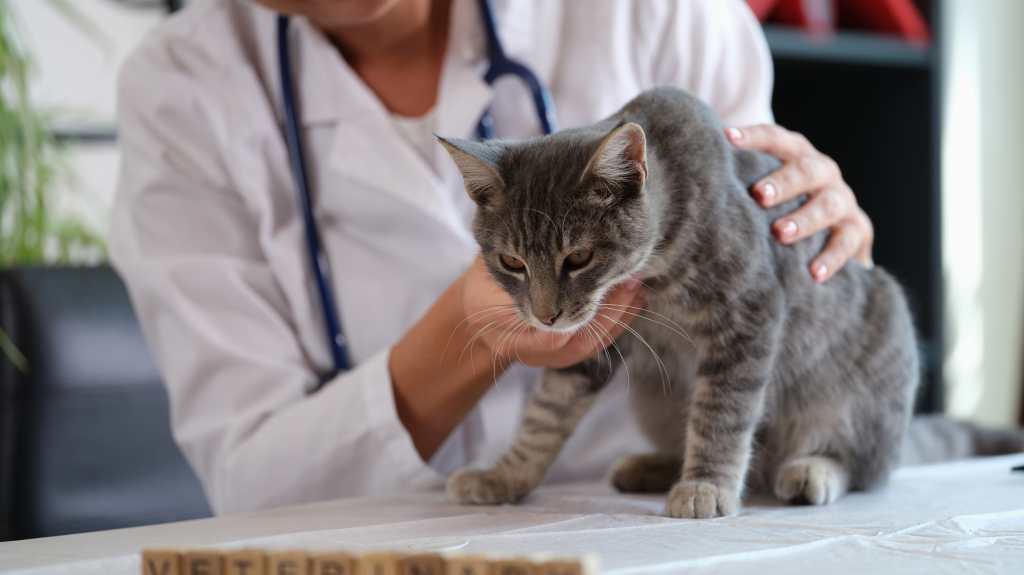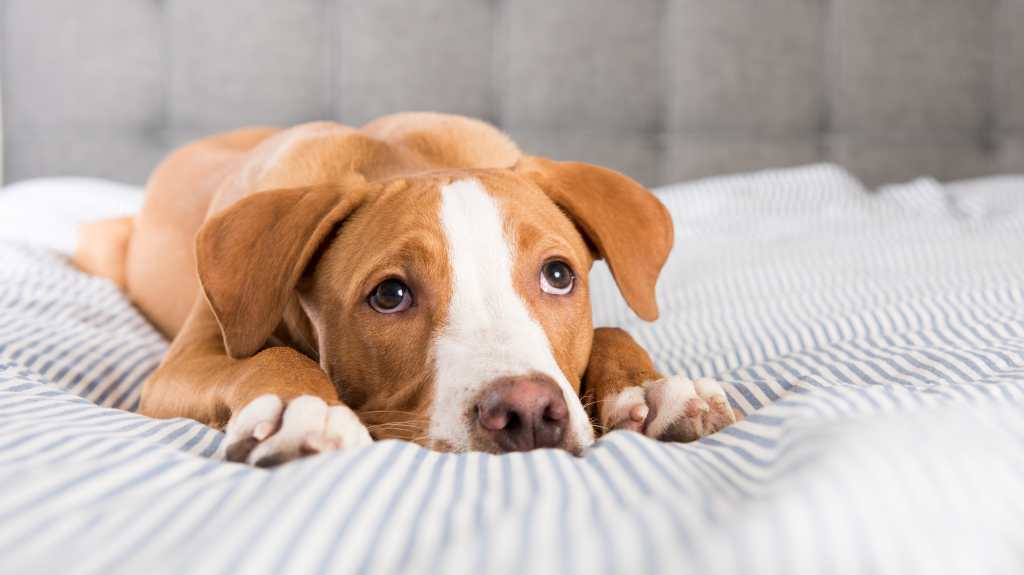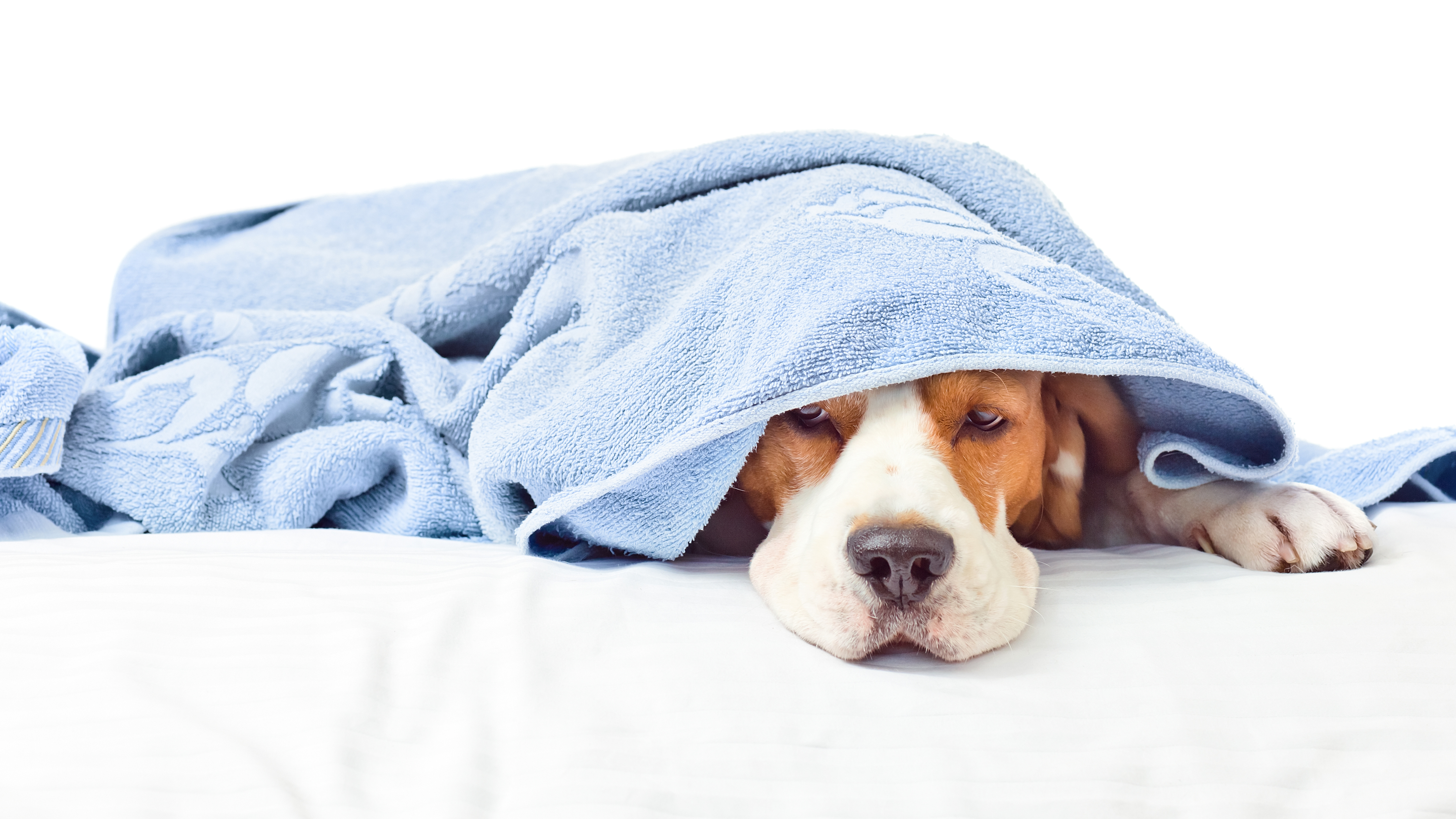
Do you know when your dog or cat has a stomach ache? Vomiting, diarrhea, or weakness may be some signs that your pet’s digestive system is not feeling well. That’s why it’s important to know your nutritional needs, what foods you can digest easily and what you can’t, and recognize when you have any unusual behavior and how often you have bowel movements to detect any ailments in your stomach in a timely manner.
Most common digestive problems
Margarita Chután, a veterinarian at Dana Veterinary Hospital, says the most common digestive disorders we can find include:
- Bacterial enteritis: It is characterized by the clinical symptoms of diarrhea, which ranges from pasty to liquid, often accompanied by loss of appetite and sometimes abdominal pain.
- gastritis: This means the stomach lining becomes inflamed, causing vomiting.
Chronic or acute, it is characterized in most cases by a yellowish or white fluid accompanied by foam and, in some cases, food. - pancreatitis: This is a disease that indicates inflammation of the pancreas; it can occur in hyperacute, acute, or chronic forms. In most cases, this occurs when our pets eat food that contains a lot of fat, accessories made of indigestible materials (as a prank, such as cardboard, paper, toy stuffing or plastic, etc.), or have started to develop this Condition. Have some other gastrointestinal disease.
- parasitic disease: It indicates the presence of parasites, primarily at the intestinal level, usually manifesting as diarrhea that ranges from pasty to liquid, and in many cases, the presence of parasites is evident.
- Coccidiosis and giardiasis: Both are protozoa and have similar characteristics to the human amoeba. They cause pasty to liquid diarrhea with mucus and sometimes blood. In some cases, they may experience vomiting, loss of appetite, and abdominal pain.

Tips to avoid stomach problems
Margarita Chután, a veterinarian at Dana Veterinary Hospital, believes that each pet should have a feeding routine based on its size, age, food consumed and the owner’s daily habits.
Based on these variables, check the concentrate package to find the recommended serving size.small or large varieties Toy, can provide up to 5 meals per day; 2 to 3 meal times for small dogs; up to 1 meal time for medium, large and giant sizes. Additionally, consider these tips:
- Do not offer him food that is not part of his diet, let alone homemade human food.
- Prevent your pet from eating indigestible materials such as cardboard or plastic.
- choose hospitality Based on their age and size.
- Plan any dietary changes. If you decide to change your concentrate, you must properly mix the current concentrate with the new concentrate for a few days. Please consult your veterinarian.
- Avoid condiments altogether.
- Always keep their play area and where they relieve themselves clean.
- Get deworming and vaccinations done promptly.
- Hydrate your pet with filtered water.

My vet said…
Don’t give your pet homemade food. Stick to his diet to ensure you’re providing him with the right nutrients and to avoid developing digestive and/or oral problems.

